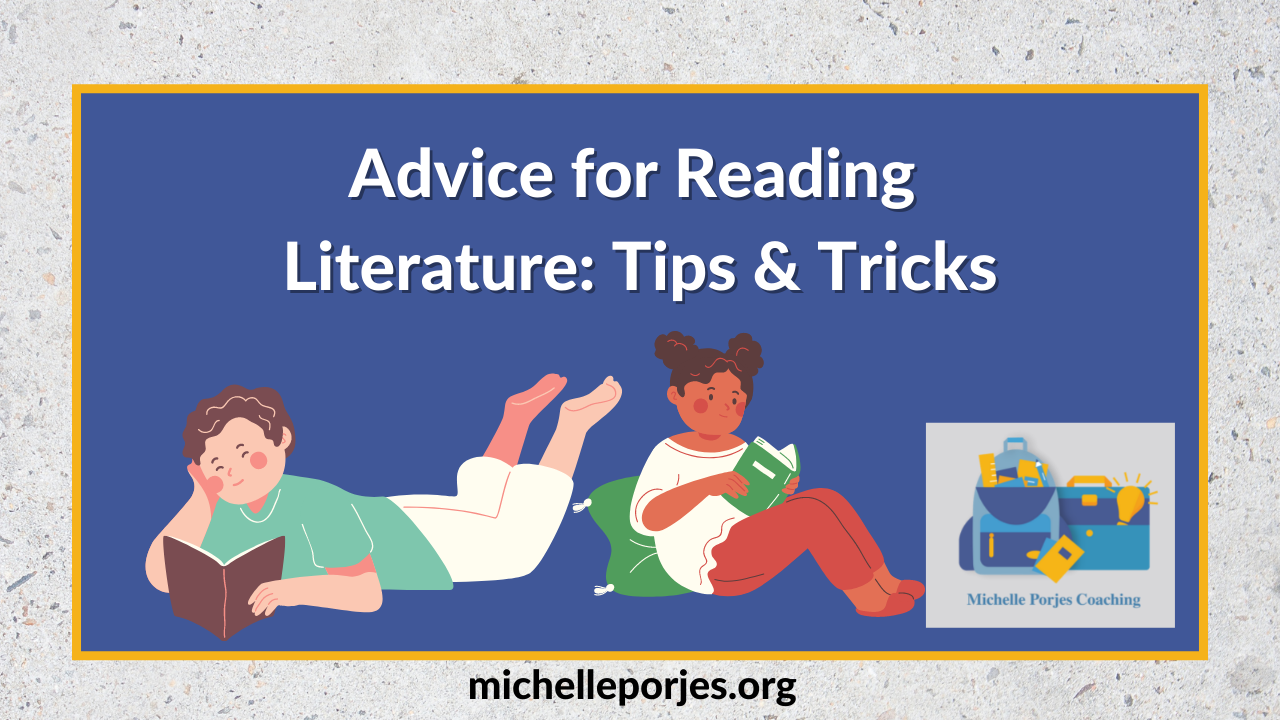A Summary by Aviv and Maor
(based on How to Read Literature Like a Professor for Kids by Thomas Foster)
- Most stories are about a quest. A quest is a specific journey or adventure that a character or characters go on in a story. The quest usually involves someone going to a specific place and on the way there are many things that happen and bumps in the road. There is the other part of the quest which is the real reason why the character went on the adventure.
- Myths are stories that talk about stuff we can use in our lives. They can help us understand life, the world, and ourselves living in the world. A myth is not always true but it can teach us lessons. If a story is about suffering, being desperate, searching for something, being a hero, or being angry the story may be based on a myth.
- Many stories have a scene where characters have a meal. The meal can be about communion when characters come together. Sometimes during the meal, it shows how the characters get along, talk to each other or even don’t get along.
- Sometimes stories have vampires but they may not be real vampires. The vampires may be humans that use others to get what they want. They are characters that are selfish.
- Some stories reflect stories from the Bible. Some stories have a Jesus figure. A Jesus figure can be a character that is good with children, is forgiving or likes to tell stories.
- Weather is part of a setting, but sometimes the weather is more than just the actual weather. it can be a symbol or reflect the mood of the setting. For example “ it was a dark and stormy night “ can be used to describe something dark, mysterious or scary. Weather can be cleansing, represent life, hope, danger, darkness, sadness and more.
- Stories are about human problems, how people get along, how people have rights and don’t have rights, about things that happen when people have power. Stories are also about justice, wealth, and what goes on in the world.
- In literature, illnesses, diseases, deformities, blindness are more than the physical. They can be symbols and represent being different on the inside. Sometimes heroes suffer from a disease or some deformity.
- Always take into account when the story takes place the moment in time. Don’t just read with your eyes. Think about the time the story was written or takes place.
- Irony is when something happens that is not expected. It can make a story more interesting. Most authors use irony and it is important for the reader to think about why the author uses irony.
